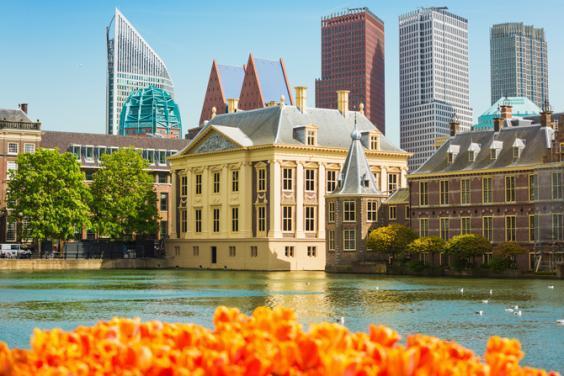Dutch prisons are closing because the country is so safe

Your support helps us to tell the story
From reproductive rights to climate change to Big Tech, The Independent is on the ground when the story is developing. Whether it's investigating the financials of Elon Musk's pro-Trump PAC or producing our latest documentary, 'The A Word', which shines a light on the American women fighting for reproductive rights, we know how important it is to parse out the facts from the messaging.
At such a critical moment in US history, we need reporters on the ground. Your donation allows us to keep sending journalists to speak to both sides of the story.
The Independent is trusted by Americans across the entire political spectrum. And unlike many other quality news outlets, we choose not to lock Americans out of our reporting and analysis with paywalls. We believe quality journalism should be available to everyone, paid for by those who can afford it.
Your support makes all the difference.In 2013, 19 prisons in the Netherlands closed because the country didn't have enough criminals to fill them.
Now, five more are slated to close their doors by the end of the summer, according to internal documents obtained by The Telegraaf.
While these closures will result in the loss of nearly 2,000 jobs, only 700 of which will transition into other unknown roles within Dutch law enforcement, the trend of closing prisons follows a steady drop in crime since 2004.
The problem of empty jail cells has even gotten to the point where, last September, the country imported 240 prisoners from Norway just to keep the facilities full.
Still, according to The Telegraaf's report, Justice Minister Ard van der Steur announced to parliament that the cost of maintaining sparsely-filled prisons was cost-prohibitive for the small country.
A number of factors underlie the Netherlands' ability to keep its crime rate so low, namely, relaxed drug laws, a focus on rehabilitation over punishment, and an electronic ankle monitoring system that allows people to re-enter the workforce.
A study published in 2008 found the ankle monitoring system reduced the recidivism rate by up to half compared to traditional incarceration. Instead of wasting away in a jail cell, eating up federal dollars, convicted criminals are given the opportunity to contribute to society.
These measures all add up to an unbelievably low incarceration rate: Although the Netherlands has a population of 17 million, only 11,600 people are locked up. That's a rate of 69 incarcerations per 100,000 people.
The US, meanwhile, has a rate of 716 per 100,000 — the highest in the world. It's marked largely by its lack of attention to social services and rehabilitation programmes once prisoners finish their sentences. Without a safety net to give them any other options, many fall back into their old habits.
• The 30 smartest celebrities in Hollywood
• These are the 30 most eligible social-media stars, according to dating app Hinge
• Just missed millions: These 8 people walked away from early jobs at billion-dollar companies
Read the original article on Business Insider UK. © 2015. Follow Business Insider UK on Twitter.
Seeing as how the Netherlands is literally importing prisoners to keep jails full, larger countries like the US could learn a thing or two from the Dutch model.
Join our commenting forum
Join thought-provoking conversations, follow other Independent readers and see their replies
Comments